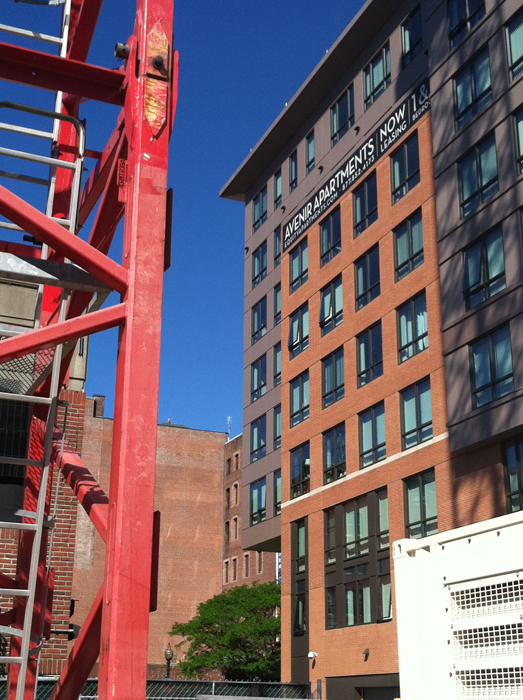Noise Control and Isolation for Multi-Family/Mixed Use Construction
Learning Objectives:
- Summarize the basic principles of noise propagation and architectural acoustics as they relate to multi-family and mixed-use construction.
- Discuss the importance of addressing sound control during the design stage.
- Evaluate and select effective sound control building assemblies that meet both code requirements and design goals.
- Identify design options, products and materials for improved sound isolation of airborne and impact generated noise.
Credits:
Multifamily housing is becoming increasingly appealing to both developers and homeowners. The advantages of city life with its walk-to restaurants, stores, and minimal commute are attracting empty nesters and an aging population. Even suburban dwellers are increasingly valuing the benefits of high-density living with its absence of yards to care for. Statistics are supporting this change in life style. The Multifamily Production Index (MPI), a leading indicator for the multifamily market released by the National Association of Home Builders (NAHB), posted a gain of five points to a reading of 58 for the second quarter of 2014—the 10th straight quarter with a reading of 50 or above.
According to the U.S. Green Building Council (USGBC) sound transfer is one of the biggest complaints of multi-family and attached single family living, as well as city living. Moreover, elevated noise levels increase stress and stress related health issues for occupants of all types of multi-family housing, from subsidized housing to luxury condos. Yet attention to acoustics is often put on the back burner by developers and design professionals, despite the potential for litigation by distressed occupants. Luxury projects are mostly marketed for location, views, amenities and like-minded neighbors—not their acoustical performance, which is often ill understood or ignored. Not only music-playing neighbors, but sounds of high heels walking normally on the floor above, can negate an apartment’s appeal—particularly for occupants who have downsized from a single family home and are unaccustomed to hearing normal noise from neighbors.
Attention to acoustics and sound isolation as they meet and exceed code requirements during the design phase is critical, since reconstruction for acoustical remediation is both significantly more expensive and impractical to implement.

Photo courtesy of Kinetics Noise Control
Acoustical performance in multi-family housing is often ignored by design professionals.









